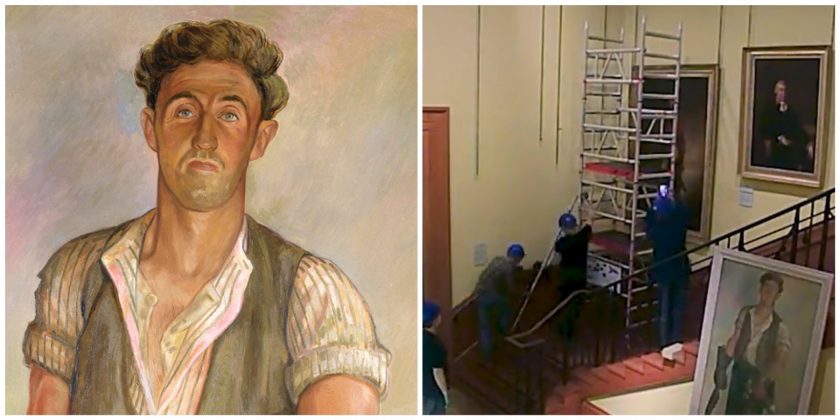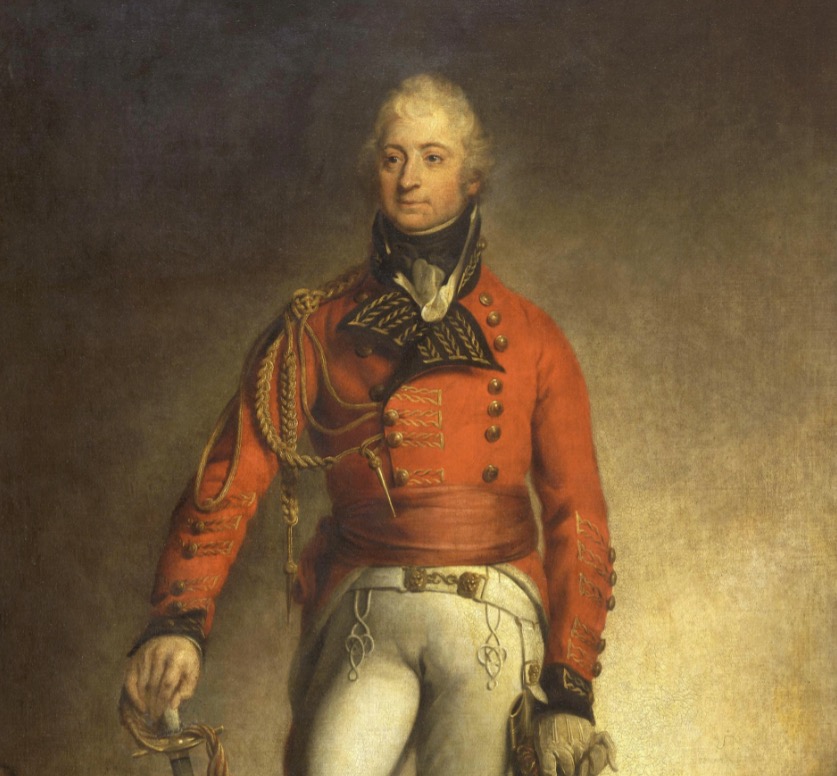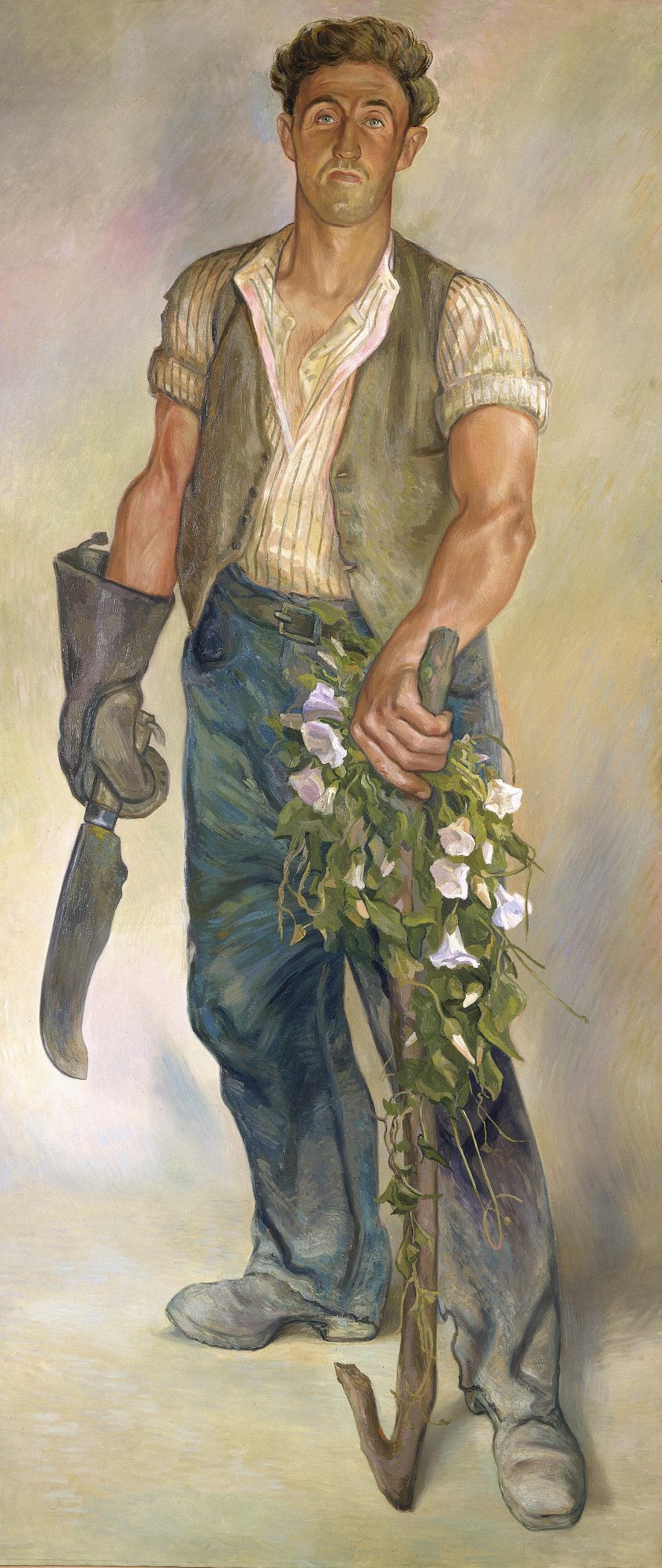Cardiff’s National Museum takes down slave owner Thomas Picton’s portrait and replaces it with Flintshire collier portrait

A portrait of Welsh slave owner Sir Thomas Picton has been removed from the National Museum Cardiff and replaced with a portrait of a Flintshire collier by Dutch artist Albert Houthuesen.
Picton was a high ranking officer in the British Army who fought in the Napoleonic Wars, he was killed in 1815 at the Battle of Waterloo.
He was also known as the ‘Tyrant of Trinidad’, or the ‘Blood-Stained Governor’ – Historically he has been hailed a public ‘hero’, but his governance of Trinidad and his treatment of slaves marks him out as a particularly cruel leader.
Picton, like many others, directly profited from slave trade activities and was renowned for his ruthless treatment of slaves and others as the first British governor of Trinidad.
The Museum said it will store the Picton portrait before it is “redisplayed and reinterpreted over the coming months.”

mage: © Amgueddfa Cymru – National Museum Wales
The decision to remove the portrait was made as part of Reframing Picton, which is a youth-led initiative involving Amgueddfa Cymru and community partner the Sub Sahara Advisory Panel (SSAP).
Picton has previously been hailed as a public hero but is equally notorious for his cruel treatment of Black enslaved people and free people, and for sanctioning torture during his governance of Trinidad, from 1797-1803.
The project team has spent over a year examining the history and legacy of Picton and his place within the Museum and how he has been traditionally remembered.

Albert Houthuesen Trust/Bridgeman Art Library/Amgueddfa Cymru – National Museum Wales
Another portrait titled ‘Hedger and Ditcher: Portrait of William Lloyd’ will take the place of Picton’s.
The portrait was painted by Dutch artist Albert Houthuesen who was fascinated with the working life of the colliers in Trelogan, Flintshire whilst on holiday in the area with his wife in the 1930s.
During the 1930s he and his wife Catherine visited Trelogan, near the Point of Ayr Colliery, each year, staying in a cottage which belonged to her family.
He was fascinated with the people and customs of Trelogan and the surrounding villages, and the working life of the colliers.
While there he painted grand scale portraits of people close to the bottom of the social hierarchy.
Having grown up in great poverty himself he regarded them as his equals, and brought to these paintings an intensity rarely seen in the portraiture of the day.
Kath Davies, Director of Collections and Research at Amgueddfa Cymru said:
“This is another important step for Amgueddfa Cymru in examining our national collections and thinking about who we display in our Faces of Wales gallery and why.”
“This project replaces one artwork – which assigns great importance to someone whose actions as Governor of Trinidad even at the time were seen as cruel – with a celebratory portrait of a worker – someone we could today consider to be a hero.”
“Looking ahead, Amgueddfa Cymru will be creating educational resources on the history and achievements of communities experiencing racial inequalities within our society.”
“These will support the recently announced changes to the curriculum by the Welsh Government”
Fadhili Maghiya, Director of the Sub Sahara Advisory Panel said{
“As we aim to build a Wales that is inclusive, built on the foundations of equality and one which focuses on community cohesion and appreciative of the different cultures that exist in our country, we need to celebrate those who are representative of the society we live in.”
“Those individuals should be displayed on the Faces of Wales Gallery”.
In October 2021, Amgueddfa Cymru announced two new artworks had been commissioned following an open call for artists to reinterpret Picton’s legacy.”
“The new commissions are by Trinidadian and Tobagonian multi-disciplinary artist Gesiye and UK-based Laku Neg, a group of four members of Trinidadian heritage that promotes expressions of African diaspora knowledge through the arts.”
Spotted something? Got a story? Email: [email protected]
Latest News
